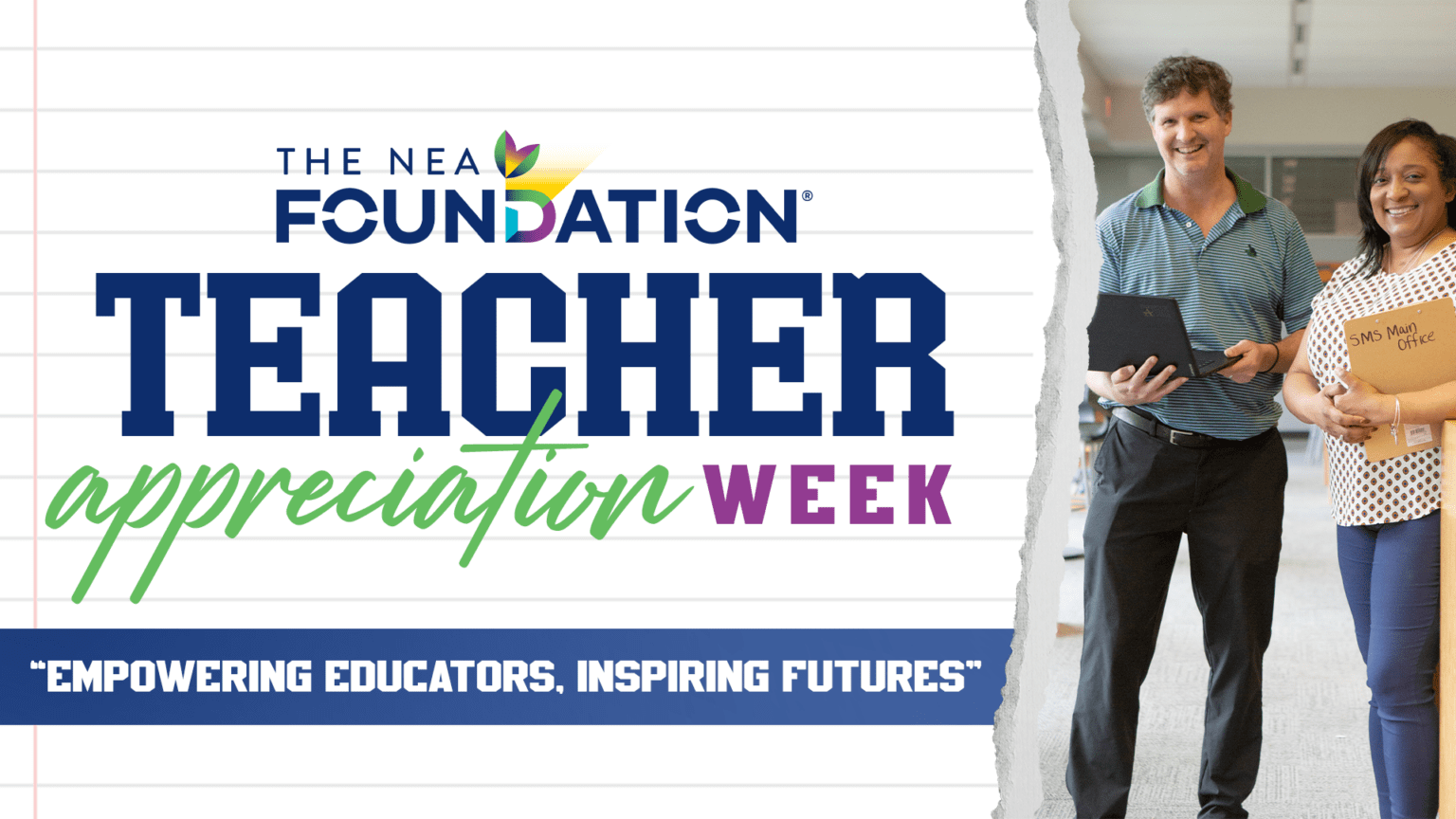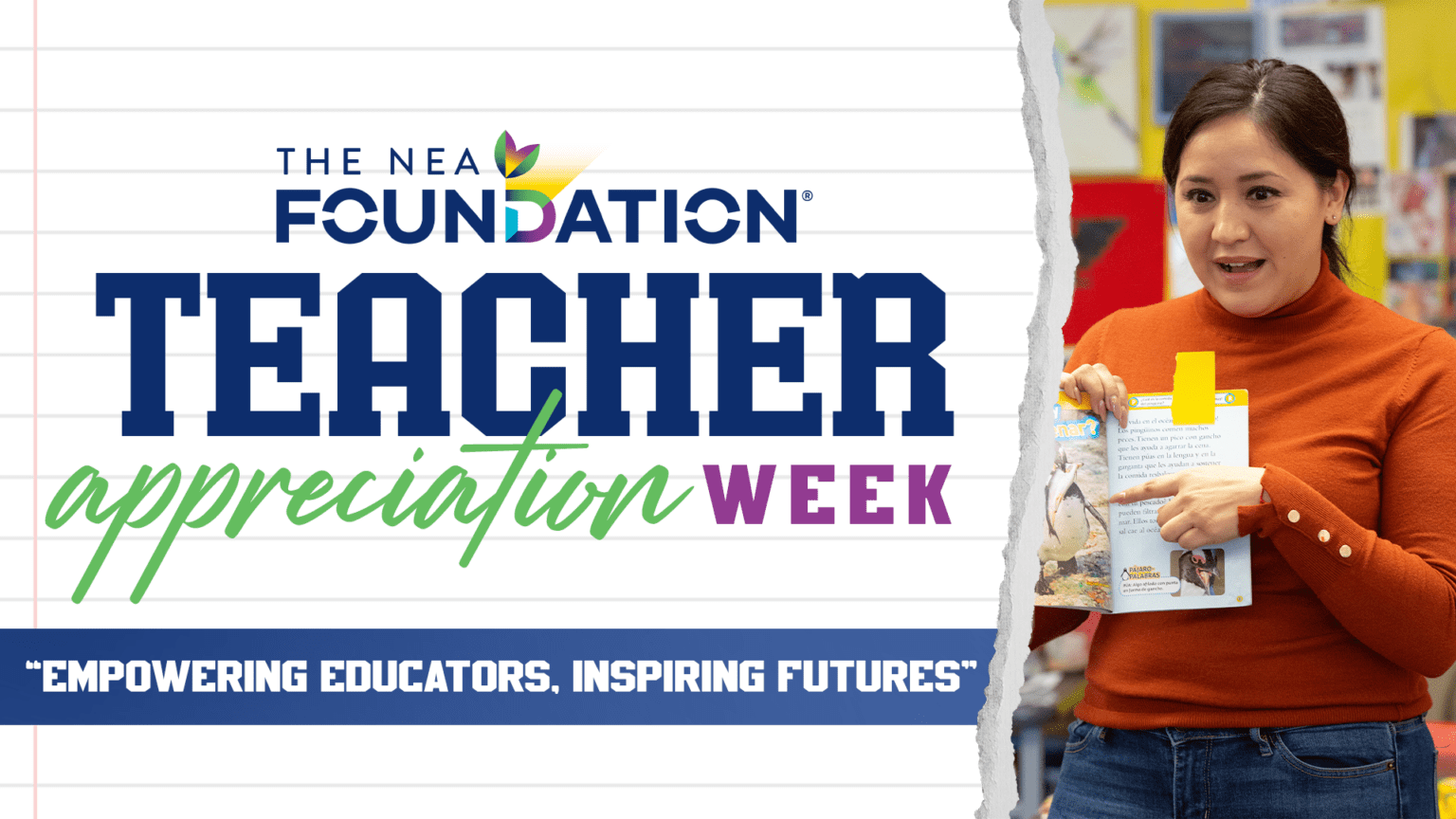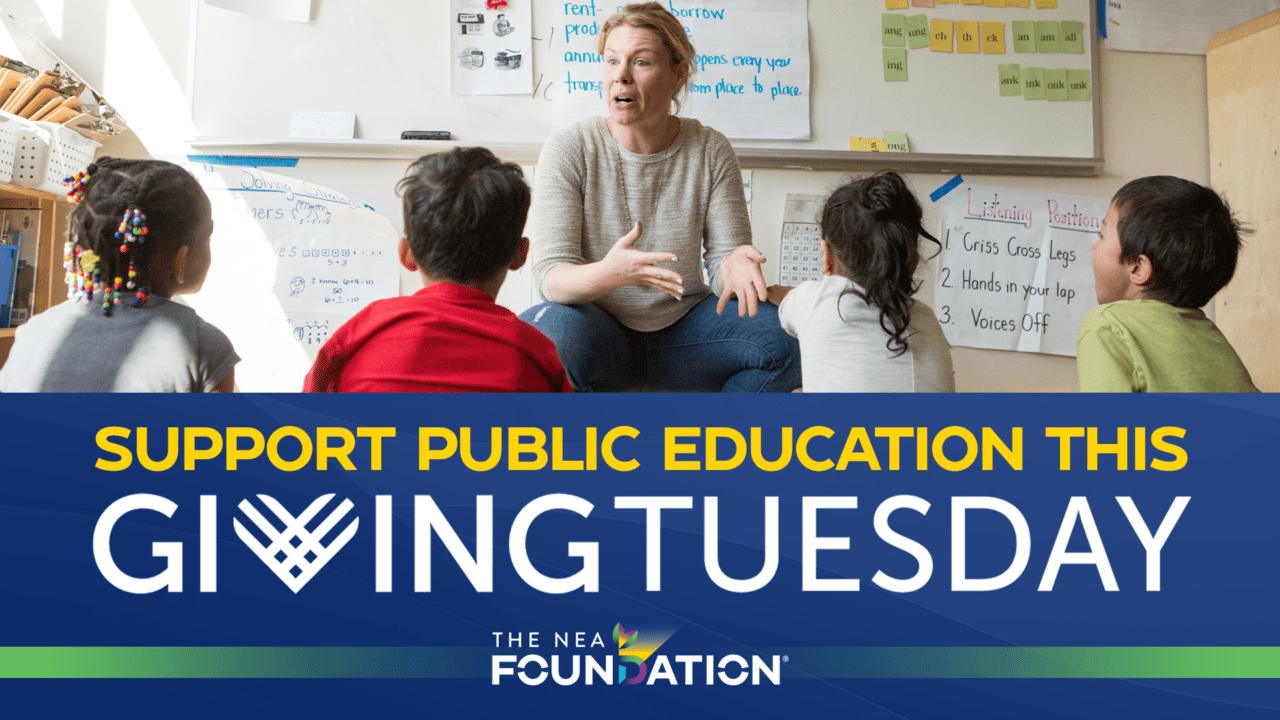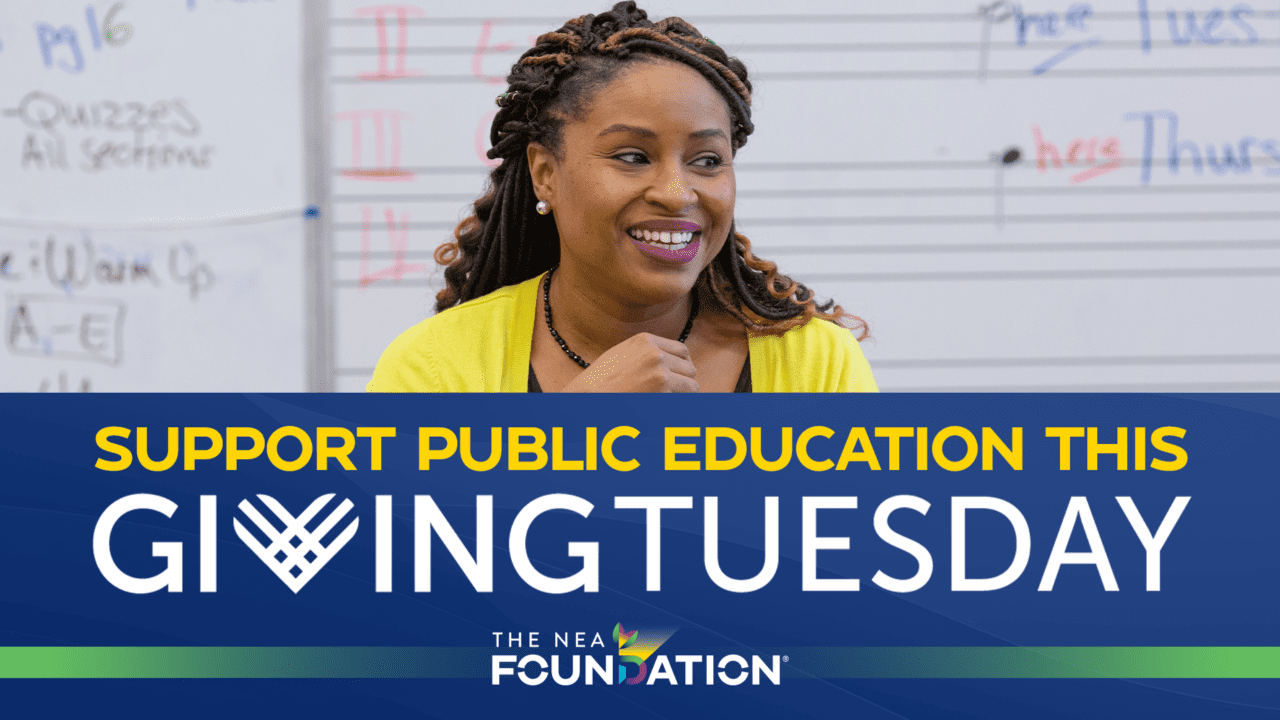By: Brett Bigham – 2018 NEA Foundation Global Learning Fellow
Follow Brett on Twitter @2014ORTOY!
A few years ago a student came to me with such anxiety about new situations it was almost impossible to take her out of the classroom. When she got upset she would punch herself in the face. I saw a very bleak future for this young lady, so I began to work on a way to support her better.
We had an upcoming field trip to ride the Portland Aerial Tram, so I decided to try making a guidebook on how to ride the tram. For many people with autism going somewhere unknown is very stress-inducing, and this would be a way to tell them what to expect. I went the week before, took pictures and made a book with every step of riding the tram. My students studied the book during the week and that Friday we had a very successful field trip. That became my weekly routine. Since we went out every Friday, I made a book for every field trip and my students’ negative behaviors and anxieties disappeared. When I say disappeared, I mean it. The student I told you about was sent home 34 times for anxiety-related problems the year before she came to me. In the three years I had her she went home three times, and all in the first year.
Making a Difference
I have a dream that people with special needs like autism are invited into their communities where they can attend events and attractions just like everybody else. So, I’m doing something to make that happen.
I called my books “Ability Guidebooks” and I shared them with my autism specialist. She had a network of other teachers she worked with and suggested I share them with the entire community. I posted them online for other teachers and families to use and the feedback was immediate. Teachers began telling me that the books made field trips possible for some of their more anxiety-ridden students. What was even better was that these same teachers were now actively planning more outings because they had the Ability Guidebooks to support them. I had made these books to support people with autism but there was an impact I hadn’t planned on. Elementary school teachers began sending me messages that they used the Guidebooks to plan and teach their field trips as well.
What this means in teacher-speak is that the books were giving very clear direction on what was expected of students at the museum, or on the aerial tram or on the Portland Skybridge. The books talked about not only the rules, but also how to deal with the crowds, where to go when you felt stressed or got lost and how you should behave at this specific place. Every teacher goes over these things before a field trip but now they had a picture book to show their students how it was done.
Making the books became my hobby in some ways. Everywhere I went I started taking pictures for books. I was even more excited when the Portland International Airport brought me in to create a book to help people access the airport. In my mind, I pictured people heading out all over the world because the airport was now easier to use.
Ability Guidebooks Go Global!
Being selected as a NEA Foundation Global Learning Fellow provided a yearlong professional development that exposed me to global lesson planning, and got me thinking about how to engage my students’ curiosity about the world. I realized that I had a platform to broaden the horizons of my students. They are my motivation.
As a part of this program, I went to Peru in 2015 with group of teachers to meet with students and educators. And of course, I did what I always do: I made some Ability Guidebooks. Peru has five of them now, and next year I will be going with the Global Learning Fellows on a field study to South Africa, where I will make even more books!
How you can bring the World to YOUR Students
I have written 99 books for twenty-six countries and each book is not only a tour guide for someone visiting, they are also a window your students can look through. I recently finished a book for Delhi, India, on how to visit an ancient mosque. There are books for Sweden, Mexico, Russia, China, Egypt, Senegal, the UK and many more cities and countries. Every city I visit now gets a book.
I know I can’t cover the entire world, but I can inspire someone in Nepal to write a book for their community and share it out. Then perhaps a teacher in Vermont will create an Ability Guidebook for a trip to the fire station. And a parent of a child with autism in Saudi Arabia may create a book for a trip to the seaside. It has taken me five years to write ninety-nine books. I won’t be able to change the whole world at that rate, but I can be the inspiration that creates an army to change the world.
How will I do it? By opening doors and windows to other places on the globe. I will teach how a temple in Malaysia or a museum in Latvia are serious places that need a quiet voice. I will show how a park in Bangkok is a good place to run and have fun. I am going to connect my students to the wider world.
Here are some additional resources and opportunities that can help you in your journey to bring the world to all students:
- Provide opportunities for students to connect and collaborate with students from around the world using the inclusive ePals This platform matches you with classroom partners around the world based on criteria such as subject, grade-level, and shared interests.
- Reduce communication barriers for nonverbal students using the Proloquo2Gosymbol-supported app. Over fifty of the Guidebooks are available as Microsoft Sways where you can record audio tracks for nonreaders.
- Apply for the NEA Foundation Global Learning Fellowshipto learn ways to integrate global competency into your classroom instruction, and to join a global peer learning and support network of educators dedicated to global education advocacy.
- Consider having your bilingual students translate one of the Ability Guidebooks to their native language. Because these guidebooks cover important cultural destinations they are also heavily visited by tourists, they can be useful in every language. In fact, the more languages we offer, the more doors we open.
During International Education Week, and beyond, I challenge you to look at the world and identify the change that you can create. Is there not something you are doing that needs to grow? That will help others? That will help your students go global?
This blog was originally posted on GettingSmart.












